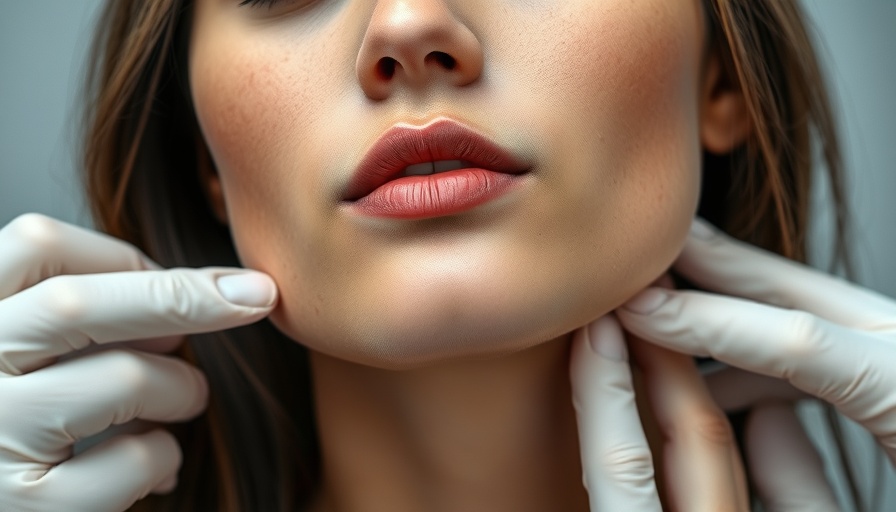
Understanding Vitiligo: More Than Just Skin Deep
Vitiligo, a skin condition characterized by patches of skin losing their pigment, affects millions worldwide. The psychological and social ramifications of this disorder can be profound, often leading to emotional distress for those affected. The recent Case-Based Roundtable moderated by Dr. Ted Lain emphasized the need for a comprehensive treatment approach, recognizing both the medical and psychosocial components of vitiligo management.
Access to Treatment: Breaking Barriers
Despite the advancements in dermatological treatments, many patients still face significant barriers to accessing effective care. The roundtable highlighted that, due to limited availability of phototherapy options, healthcare providers are increasingly relying on topical and systemic agents. This issue is particularly pressing in pediatric cases, where family-centered care becomes crucial. Dr. Lain pointed out that creating a supportive environment for families is essential, encouraging shared decision-making and empathy.
Pioneering Therapeutic Options in Vitiligo
One of the standout discussions during the event was the evolving role of systemic therapies, like JAK inhibitors, which have shown promising results for advancing vitiligo. Ruxolitinib, in particular, has emerged as a potential breakthrough for both adult and pediatric patients. The need for personalized treatment regimens, based on the unique presentation and progression of vitiligo in each patient, was a key focus. Dr. Lain illustrated this with a case of a young adult who experienced the psychological toll of visible skin changes. The conversation delved into how treatment responses can vary dramatically depending on factors like the inflammatory nature of the disease and patient adherence to therapy.
The Emotional Journey and Psychological Support
Vitiligo's impact on a person's emotional health cannot be overstated. During the roundtable, attendees emphasized the importance of addressing the psychosocial aspects alongside the physical treatment. Chronic skin conditions like vitiligo often lead to decreased quality of life, heightened self-consciousness, and sometimes even depression. There is a growing recognition among dermatologists that providing psychological support and education as part of a comprehensive treatment plan can significantly improve outcomes for patients.
Real-World Insights: Treatment Responsiveness
With diverse case presentations, the roundtable underscored that treatment responsiveness in vitiligo is not straightforward. The inflammatory subtype of vitiligo was specifically discussed in relation to its treatment challenges. Variations in skin response call for responsive adaptations in therapy. Dr. Lain noted that understanding the disease's specifics, such as the initial stability and possible inflammatory responses, can guide practitioners in selecting appropriate treatments and setting realistic expectations with patients.
Future Directions: Optimizing Care for Vitiligo Patients
What lies ahead for vitiligo management? As new treatments evolve, so must the frameworks in which they are administered. The roundtable participants agreed on the pressing need to explore combinatory approaches that integrate effective therapies with psychological support. Increasing public awareness around vitiligo can help foster a more accepting environment, encouraging those affected to seek treatment without fear of social stigma. Furthermore, consistent training for healthcare providers on the nuances of skin conditions can enhance patient care.
Vitiligo management is an evolving field combining innovation, empathy, and comprehensive care. Each case presents its complexities, and addressing both the physical and emotional needs of patients is fundamental in delivering effective treatment.
Your Next Steps in Vitiligo Management
For healthcare providers looking to enhance their approach to vitiligo, consider integrating multidisciplinary strategies into your practice that address both treatment and emotional health. Engage in continuous learning about emerging therapies and be proactive in creating a supportive atmosphere for patients and families alike.
 Add Row
Add Row  Add
Add 




Write A Comment